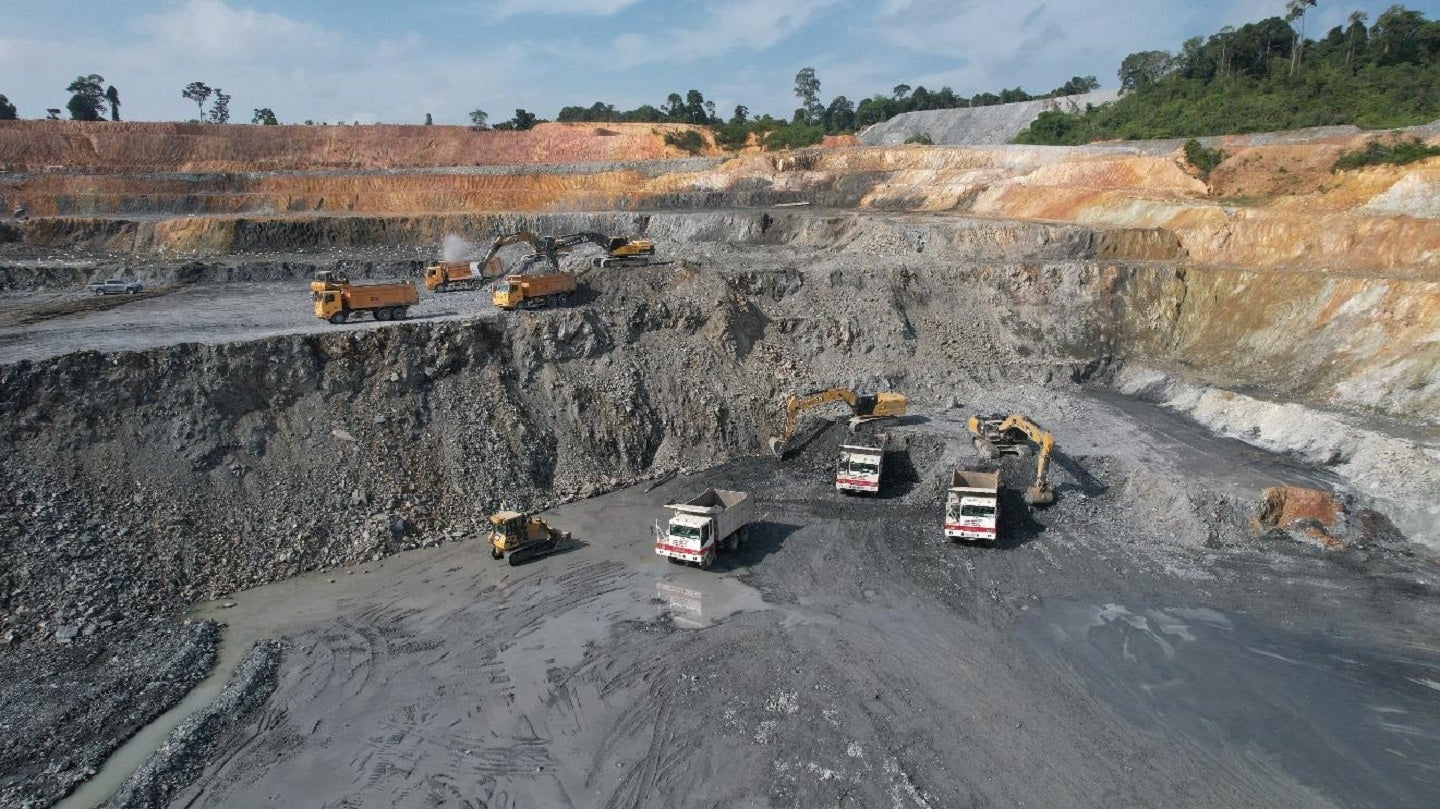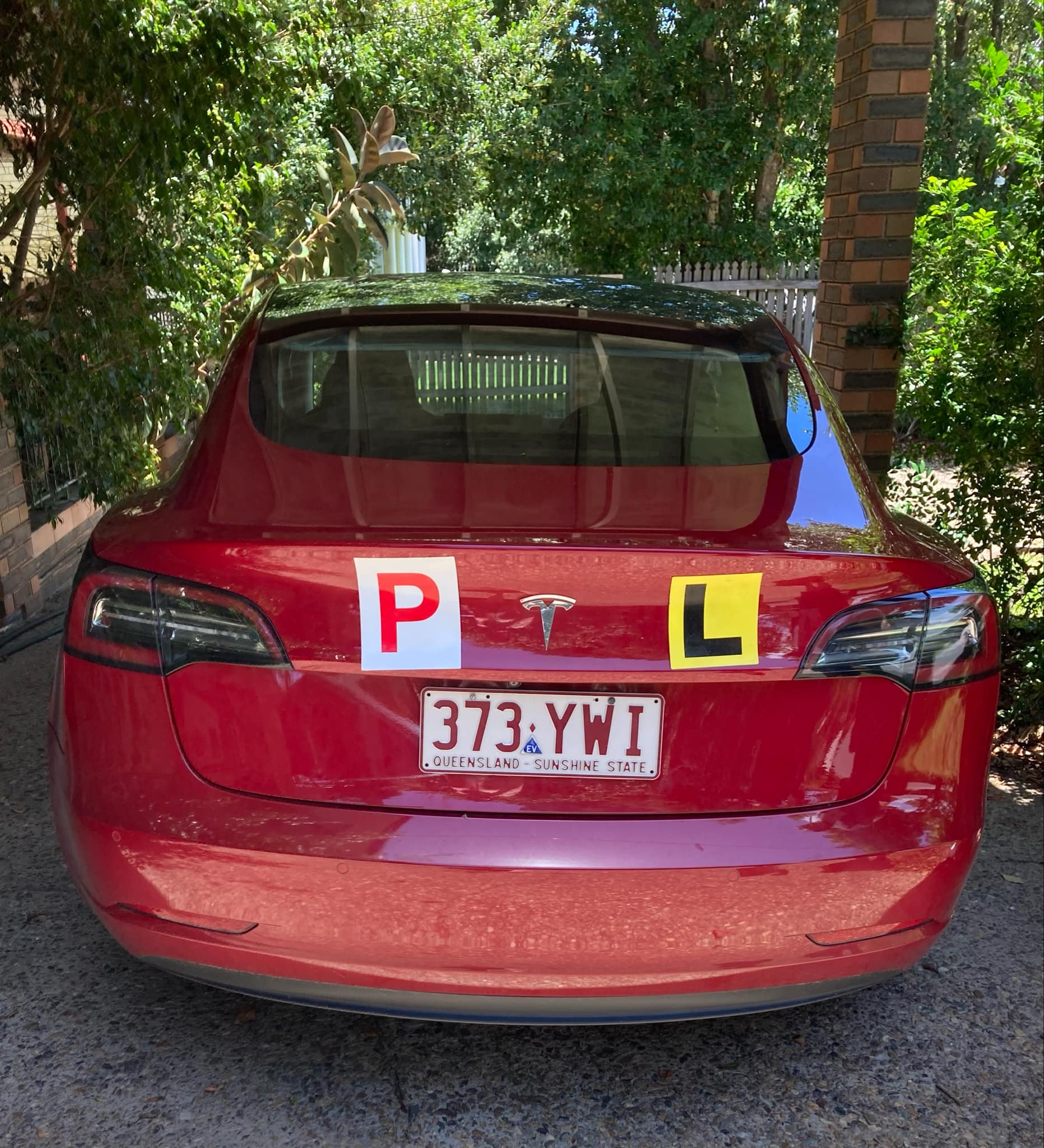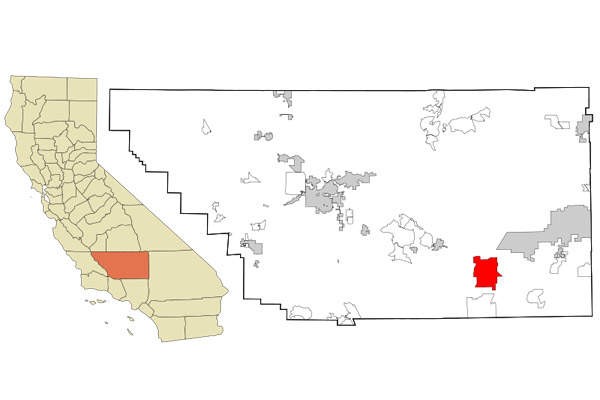
Canada-based exploration company Monument Mining has started commercial operations at its Selinsing gold mine in Pahang, Malaysia, which has operated for 30 consecutive days at 90% of its designed capacity.
By achieving 90% capacity for 30 days until 16 August, the company claims to have achieved the requirement for commercial production. Mill availability for the period was 94% and flotation mass pull stood at 3.4% compared with the design specification of 3.5%. This equates to around 79 tonnes per day, which is in line with its design protocol.
The company further stated that the flotation gold recovery was inconsistent due to the high clay content of freshly mined transition ore and the processing of stockpiled transition ore mixed with oxides, resulting in poor flotation response. However, daily recoveries were more than 80% but the overall gold recovery was 61.4% for the 30-day period.
Monument Mining president and CEO Cathy Zhai said: “We are very pleased to announce this landmark event at the Selinsing gold mine.
“We thank the Monument Mining team and contractor partners for their dedication and hard work to achieve this commercial production milestone.”
Up until now, the flotation plant has produced more than 9,100 dry metric tonnes (DMT) of gold concentrate at an average grade of 37.5 grams per tonne.
Monument also has in place offtake agreements with selected buyers for a total of 6,550DMT of concentrate shipments, which are in progress presently. In addition, it has secured export permits for all selected buyers, which will be renewed every six months.
Located 158km from Kuala Lumpur, the Selinsing gold mine covers 150km² and includes properties such as Buffalo Reef, Famehub, Felda Land, Peranggih and Selinsing.
As an open pit mine, the deposit type is oxide and sulphide gold. The mine is said to have a processing capacity of 950,000 tonnes per annum with mineral reserves of around 267,000oz and mineral resources of around 880,000oz. With the present resources, the mine has an estimated life of six years.




